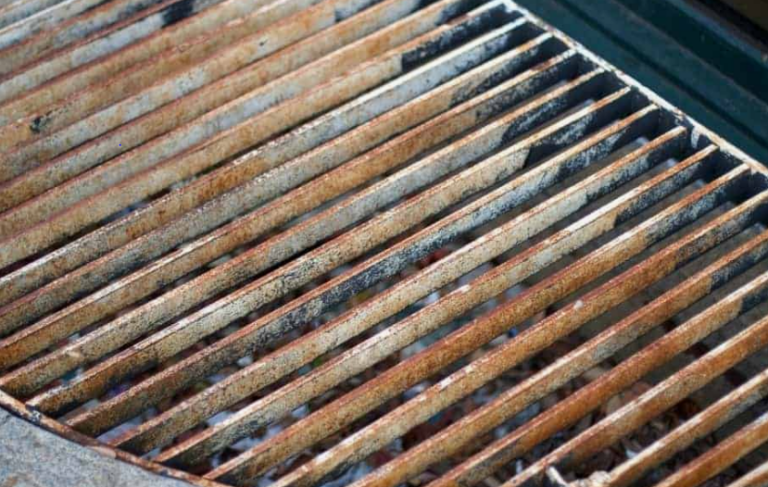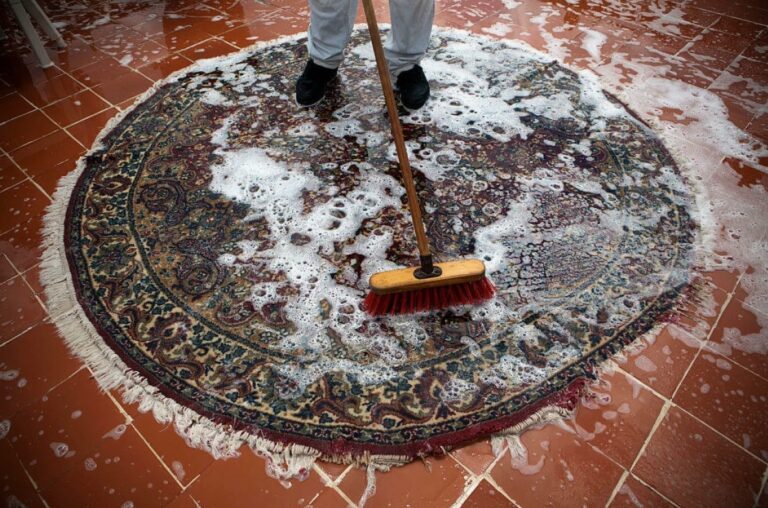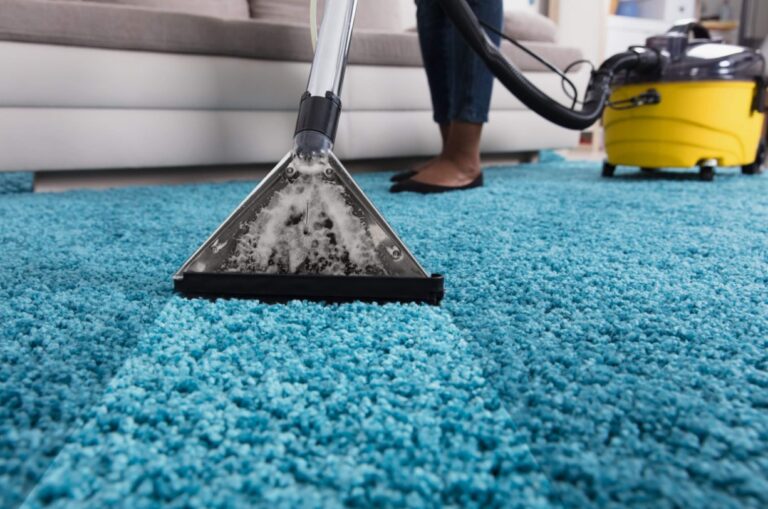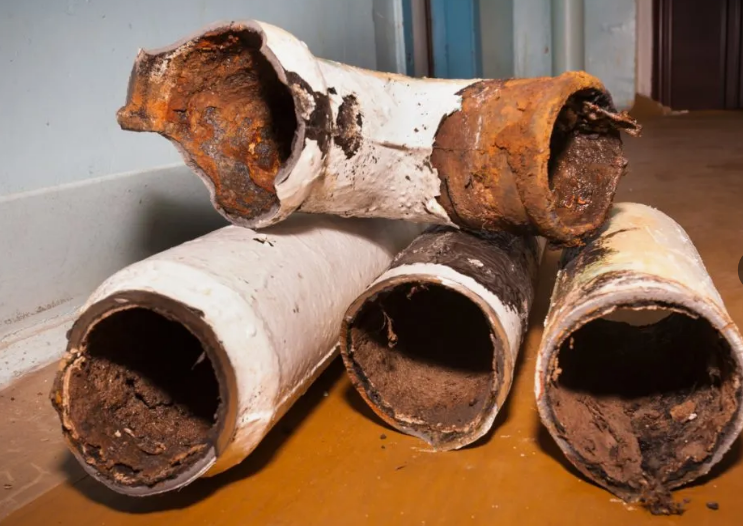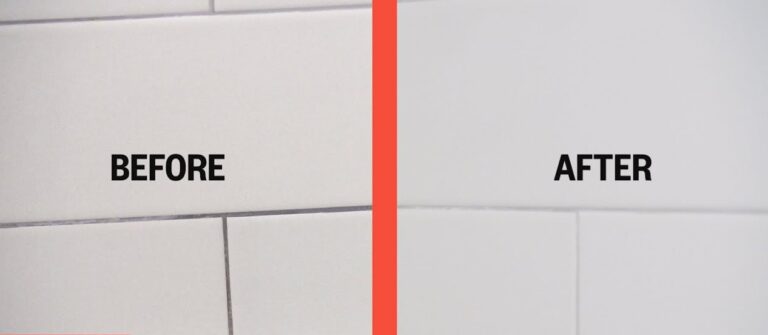Aluminum is a durable and versatile material often used in home improvement projects, furniture, and even vehicles. However, sometimes you may need to remove paint from aluminium surfaces, whether to restore the original look, repaint with a new colour, or fix up a botched paint job. If you’re a DIY enthusiast or an environmentally conscious homeowner, knowing how to safely and efficiently remove paint from aluminium is key.
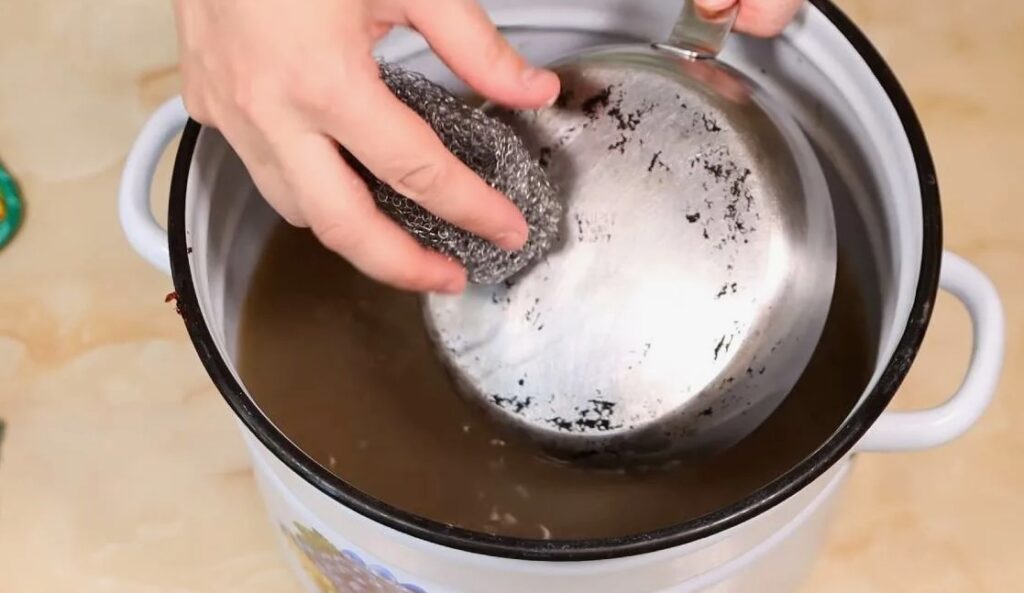
Step-by-Step Guide to Removing Paint from Aluminum
Follow these simple steps to remove paint effectively while protecting your aluminium surfaces:
Step 1: Clean the Surface
Before starting, wipe down the aluminium surface with warm, soapy water to remove dirt, grease, or debris. It ensures the paint remover or tools can directly target the paint.
Step 2: Apply Paint Remover
- Use an eco-friendly paint remover and follow the product instructions for application.
- Apply an even layer over the painted area using a brush or cloth.
- Allow the remover to sit for the recommended time, usually 20–30 minutes, depending on the paint type and thickness.
Step 3: Scrape Off the Paint
- Gently scrape the softened paint using a plastic scraper. Avoid applying too much pressure, as aluminium is a delicate material.
- Work in small sections, reapplying paint remover as needed for stubborn spots.
Step 4: Sand the Residue
- Use coarse-grit sandpaper (220–400 grit) to sand any remaining paint lightly. Sand using smooth, even strokes to avoid damaging the aluminium.
- Wrap sandpaper around a small object, like a pencil or dowel rod, for intricate or detailed areas.
Step 5: Rinse and Clean Thoroughly
- Use a spray bottle or damp cloth to remove any remaining paint and remove residue.
- Wash the surface with soapy water or a degreaser to ensure it’s spotless.
Step 6: Dry and Inspect
- Pat the aluminium dry with a microfiber cloth and inspect the surface for missed spots.
- Repeat the required steps if any paint remains.
Post-Removal Care and Maintenance
After successfully removing the paint, it’s crucial to care for the aluminium surface to ensure a lasting finish:
- Polish the surface with a specialized aluminium polish to restore its natural shine.
- If repainting, apply a primer specifically made for aluminium to promote better paint adhesion and durability.
- Consider applying a protective clear coat for outdoor aluminium surfaces to guard against corrosion and weathering.
Why Remove Paint from Aluminum?
Paint removal on aluminium is often necessary for a variety of reasons:
- Restoring an original surface for aesthetic or functional purposes.
- Preparing aluminium for a fresh coat of paint.
- Fixing scratches, chipping, or peeling paint.
- Removing incorrect or unwanted paint from an aluminium structure.
Unlike wood or other materials, aluminium surfaces require extra care due to their soft and malleable properties. Proper methods ensure you don’t cause scratches or dents while removing paint.
The Environmental Aspect of Paint Removal
Before jumping into the process, it’s essential to consider the environmental impact. Many traditional paint removers contain harsh chemicals such as methylene chloride, which is highly toxic and harmful to your health and the environment.
Here are some greener alternatives to consider:
- Citrus-Based Paint Strippers: These are biodegradable and free from toxic solvents. They effectively break down paint while being safer for the environment.
- Soy Gel Removers: Made from natural soybeans, this paint stripper is gentle on aluminium and has minimal environmental impact.
- Mechanical Removal: Sanding or scraping the paint off with the right tools eliminates the need for chemical solutions.
Choosing an eco-friendly method keeps you safe and minimizes harm to ecosystems.
Safety Precautions Before Starting
If not done correctly, paint removal can pose risks to your health and the aluminium surface. Follow these safety measures before beginning:
Personal Safety
- Wear protective gear such as safety goggles, gloves, and a long-sleeved shirt to avoid exposure to paint chemicals or stray particles.
- Use a respirator or mask to avoid inhaling dust and fumes, especially when sanding or working indoors.
- Work in a well-ventilated area, preferably outdoors or in a space with proper airflow.
Environmental Safety
- Collect paint residue and dispose of it properly. Only wash it down a drain or throw it in the trash after researching local disposal regulations.
- If working outdoors, place a drop cloth or tarp beneath your project to catch any debris or paint flakes and prevent them from entering soil or waterways.
Tools and Materials You’ll Need
Gathering the right tools and materials beforehand will make the process easier and safer. Here’s what you’ll need:
- Eco-friendly paint remover (citrus-based or soy gel).
- Sanding block or sandpaper (220–400 grit for aluminum).
- Plastic scraper (to avoid scratching the surface).
- Soft-bristle brush for cleaning.
- Water bucket or spray bottle with clean water.
- Dish soap or degreaser cleans the surface after the paint removal.
- Microfiber cloths for drying and polishing.

